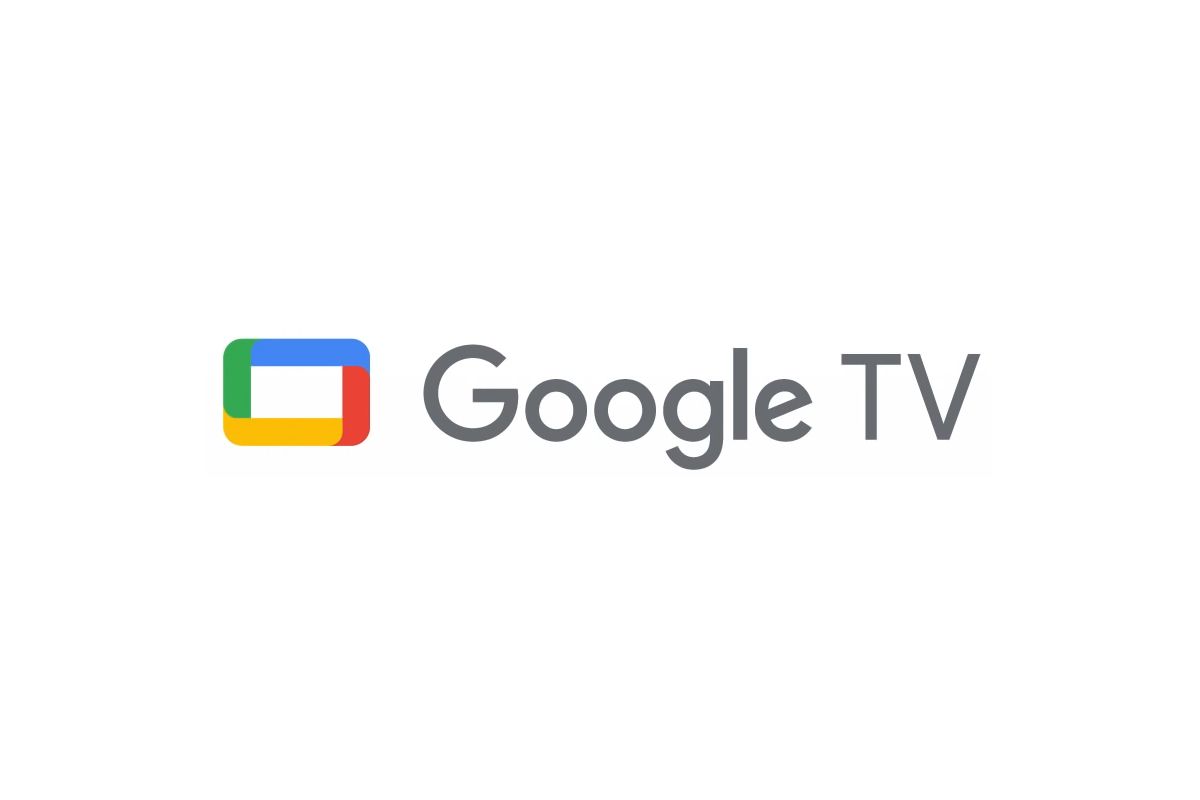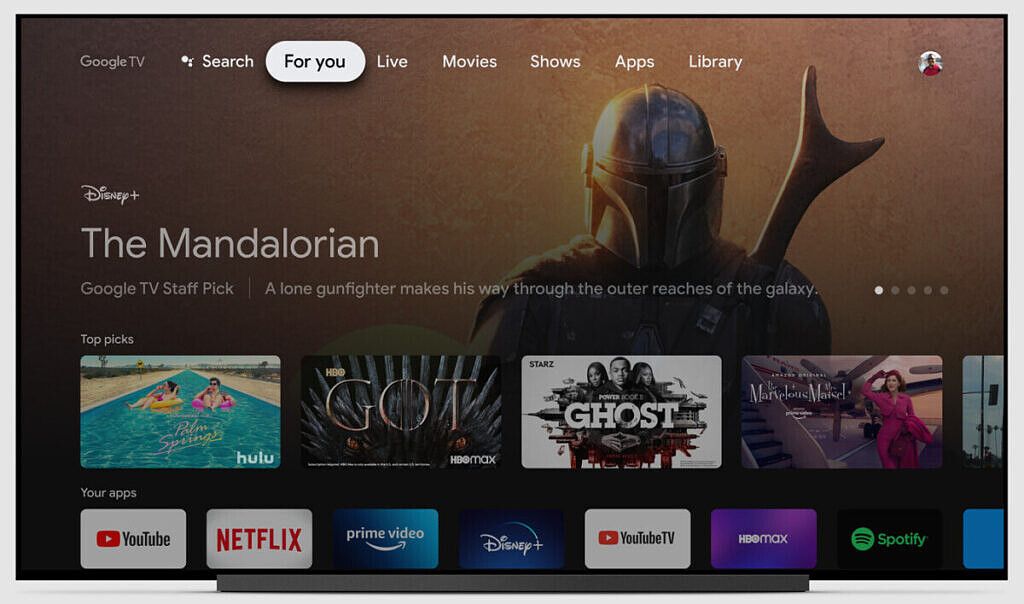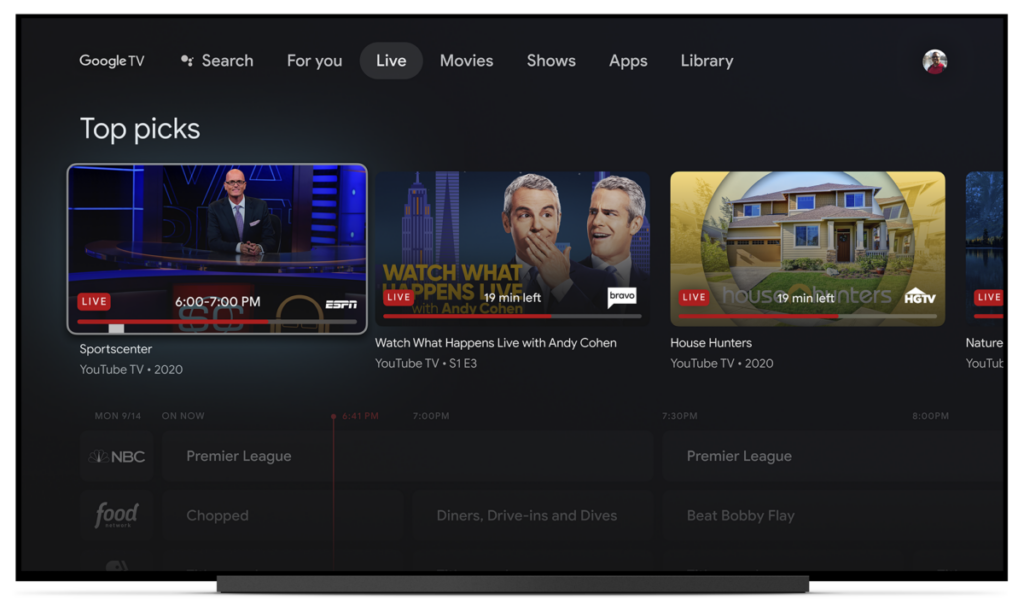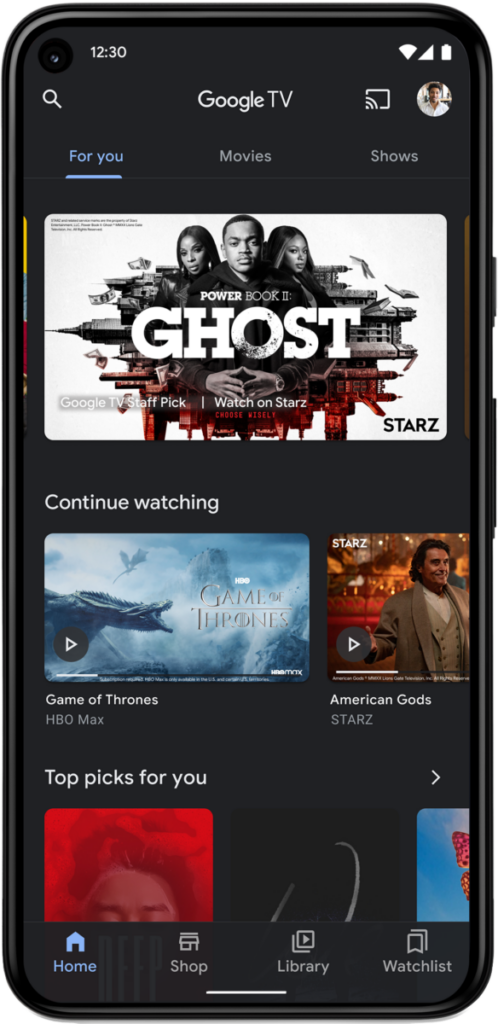At the Made by Google 2020 event yesterday, Google unveiled the new Pixel 5 and Pixel 4a 5G, the new Nest Audio, and the new Google Chromecast. The new Chromecast comes with Google TV as one of its highlighting feature. Google TV is not just a simple rebrand to Android TV though, but its not exactly a new version of Android TV too, either. And now, Google has confirmed that the Google TV interface will replace Android TV's UI in the future.
What is Android TV?
To understand what Google TV is, we do need to back up a little (but not too much since there is actually a Google TV that existed in 2010-2014 too). Android TV was introduced in 2014 as the successor to the Google TV platform from yesteryears, and it was Google's way of taking back control of the TV platform. Android TV is a special version of Android that is specifically designed for TVs and large screen interfaces. Android TV is not open-sourced, but OEM partners that utilize Android TV on their TVs can "skin" the home screen app for their devices. This is where we see custom UX solutions like Xiaomi's PatchWall and OnePlus's OxygenPlay interfaces, focusing largely on content discovery and content aggregation across various different services. But OEMs can also choose to ship Android TV in its default interface, much like what Sony does for its TVs.
Android TV plus Google TV
The new Google Chromecast brings along the new Google TV. This new Google TV is not a rebranding of Android TV as an OS. Instead, it is a custom UX solution that focuses on content discovery and content aggregation that is built on top of Android TV -- it is Google's answer to PatchWall and OxygenPlay.
While PatchWall and OxygenPlay are exclusive to devices from their respective OEMs, Google TV is not meant to be exclusive to Google (excluding 2020). The company will be making Google TV available to other manufacturers that want it as an option on top of Android TV, like Sony, starting in 2021. Beyond the two year point, however, all new Android TV devices have to use the Google TV skin.
Google TV brings along a new Live tab for TV service-type integrations, deeper Assistant integration, and some other changes. Google will also be bringing some Google TV UI features directly to Android TV, so all Android TV devices will have those features.
In a nutshell, Android TV and Android TV + Google TV will co-exist as solutions available to TV companies for the next two years. Google has also promised to update "eligible" devices to the Google TV experience, but details on that have not been shared yet. It also remains to be seen how Google TV's existence impacts OEM UX solutions, as shipping two content aggregator services on a single device will likely create unneeded duplication. Would you really need two services telling you to watch the same movie?
Google TV app for Android smartphones
In addition to these changes, Google is also rebranding the Google Play Movies & TV app into the Google TV app. The idea behind this rebranding is to bring these content aggregation features to devices beyond TVs, such as your smartphone. Google Play Movies & TV already did this content aggregation, so the name change brings it in line with the Google TV branding and purpose. The rebranding is rolling out as an update over the Google Play Movies & TV app to users in the USA.
Source: Google, AndroidPolice




